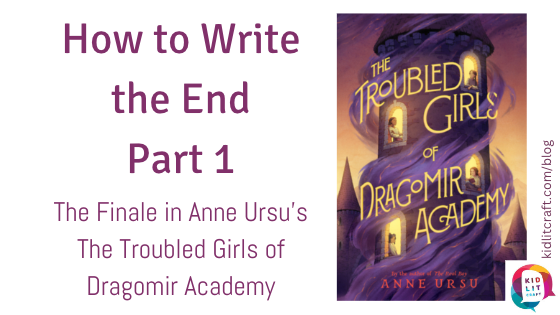
The book I’m working on needs an ending. I know it, and I don’t know what to do about it, because I don’t know how to write one. So I decided to see how Anne Ursu did it in her masterful The Troubled Girls of Dragomir Academy. In this series of blog posts, I’ll share what I’ve learned with you.
Filed in:
READ POST

It can be argued that Skyler Schrempp’s debut novel, Three Strike Summer, is about baseball. Or poverty. Or migrants. Or summer. Or families trying their best to get by. Or unions. Or friendship. Or finding joy even in the hardships of life. And it is. It’s about all of these things, but my favorite part of the story is the story of sisters. Of Gloria and Jessamyn. Schrempp gives voice to a frustrating, loving, complicated relationship that grows, changes, and strengthens throughout the story.
READ POST
Filed in:
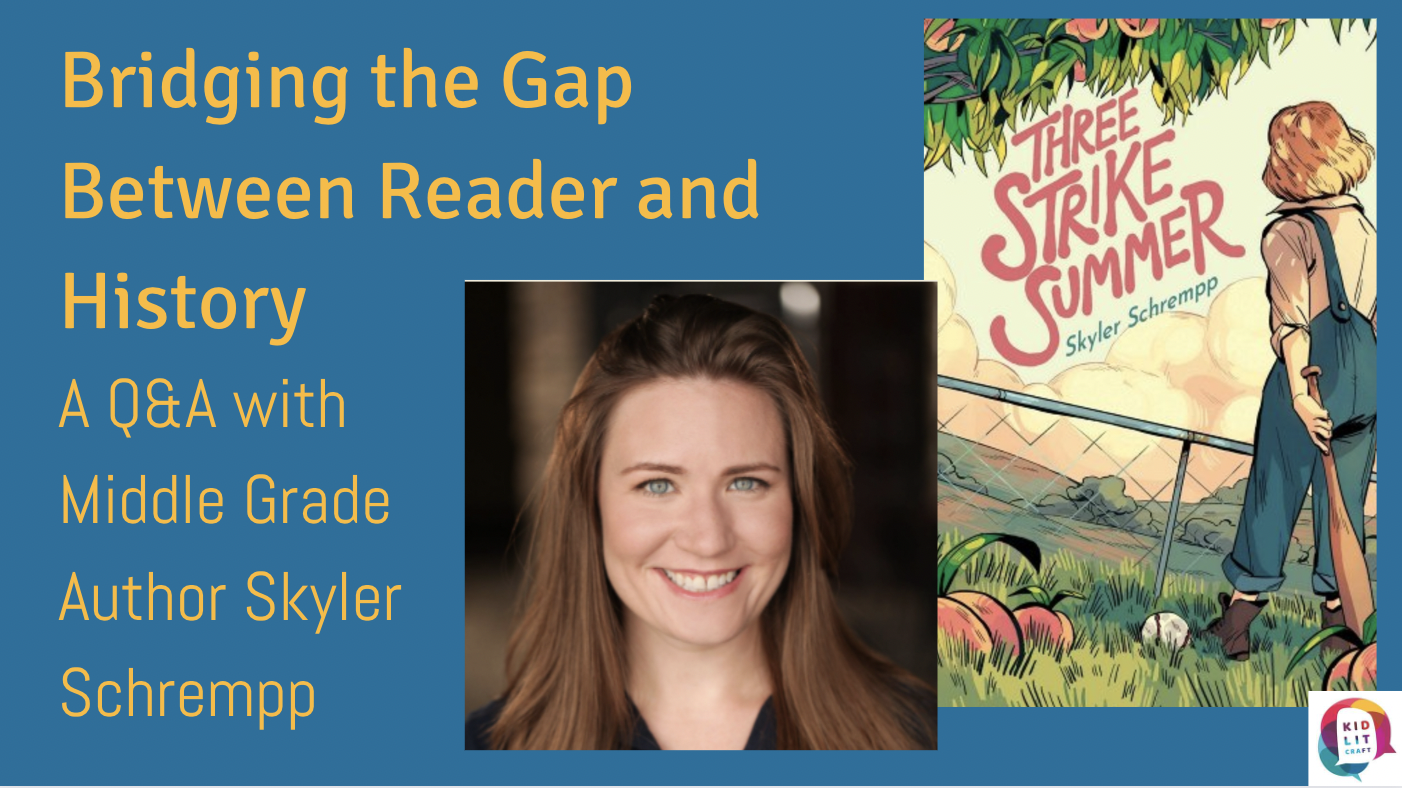
Skyler Schrempp: “I once read that George R. R. Martin talks about writers as “architects” or “gardeners”. Architects plan everything out before building and gardeners plant a bunch of things and see what grows well. I guess I see myself as more of a gardener than a panster! Pantser implies you’re really winging it, but I feel very intentional when I write…and it’s slow…like gardening.”
READ POST
Filed in:
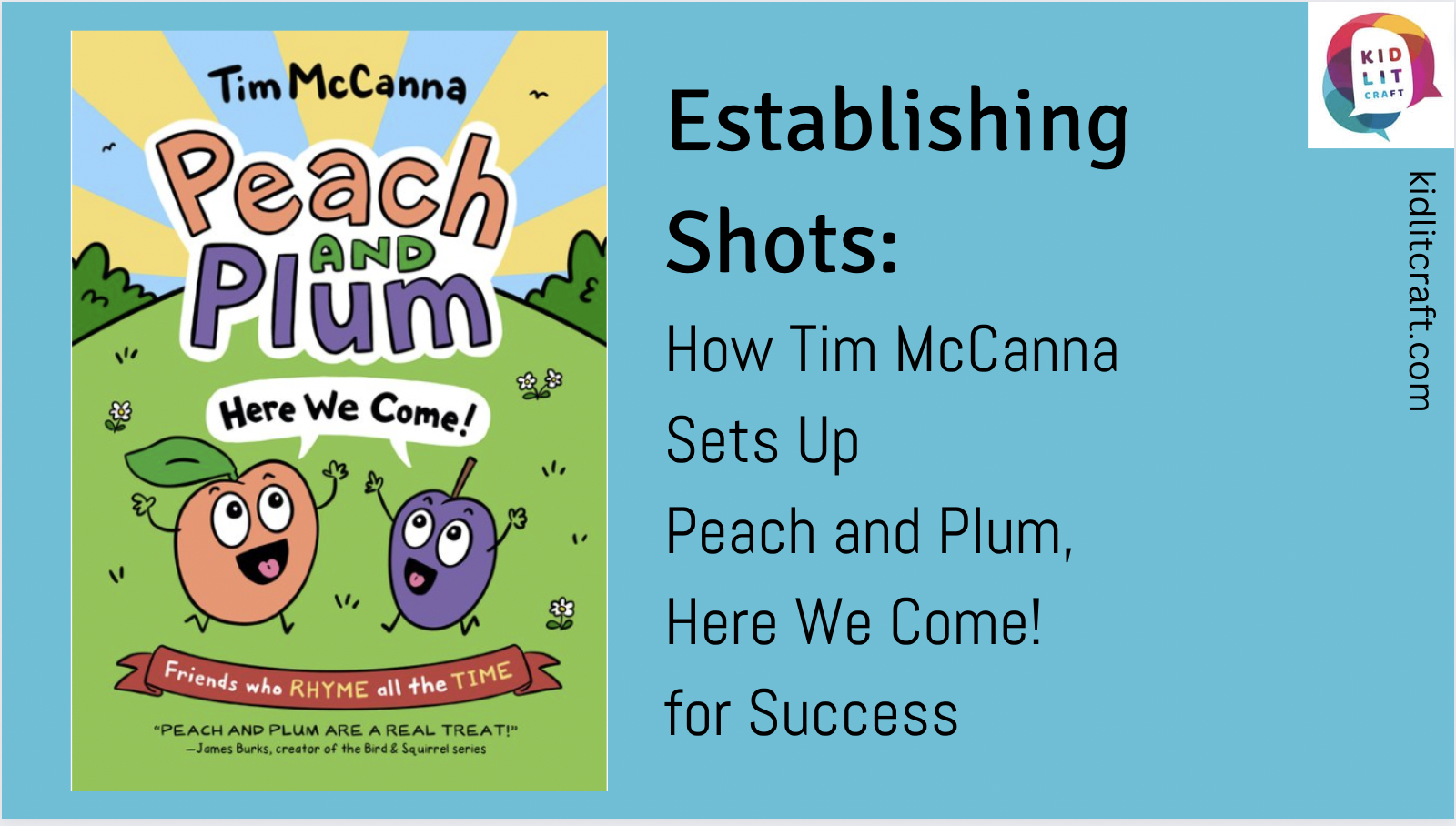
In order to get early readers on board, Tim had to draw readers in from the very first page and show them what to expect from the book. His 38-word, two-spread introduction to the book is a master establishing shot that covers not just setting, but all the elements readers need to be pulled into a story.
READ POST
Filed in:

In the spirit of Hazel’s focus on people, I want to examine how Hawes establishes such a large cast of memorable characters. In both the opening and in introducing new characters throughout the book, Hawes uses voice, descriptions, and mood to establish characters quickly.
READ POST
Filed in:
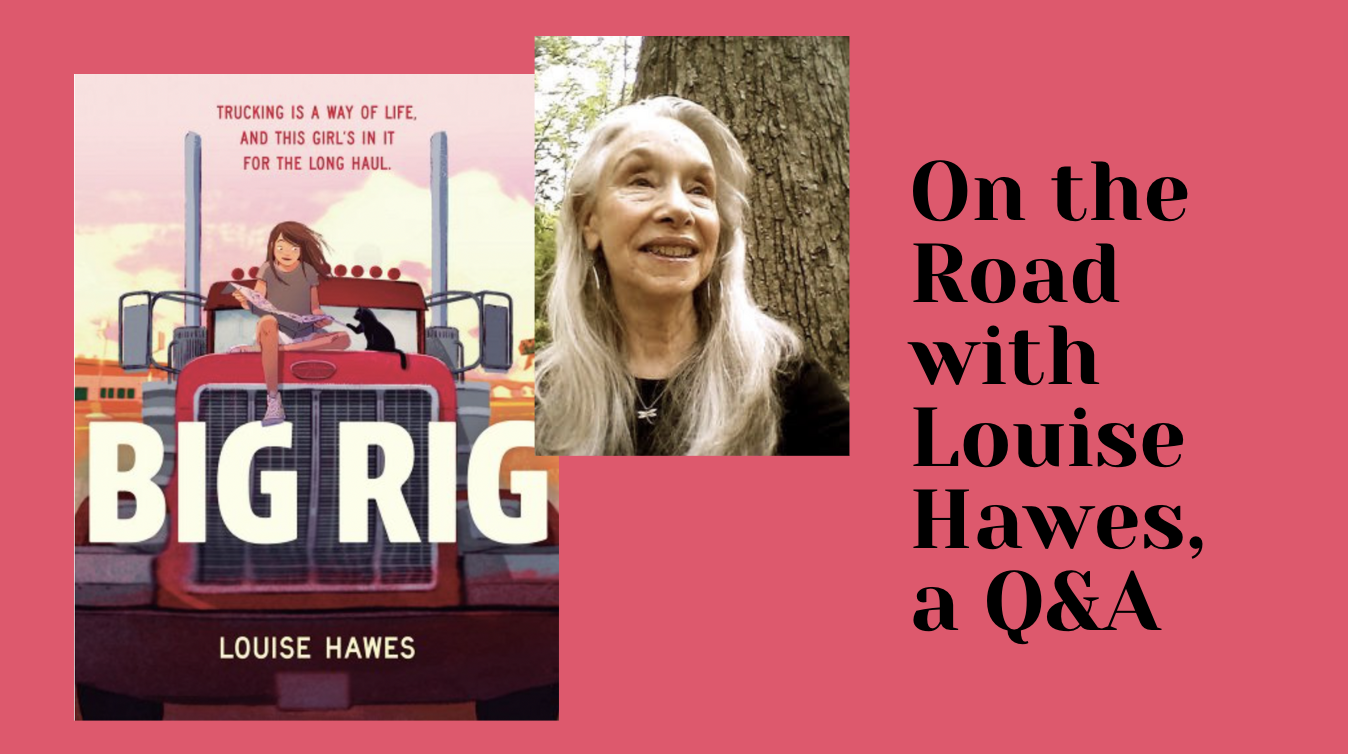
Louise Hawes: I often spend months (sometimes years) filling a notebook with my character’s responses and thoughts before I begin writing an actual draft. That notebook is all in long-hand, as you know, and I don’t stop to edit or erase anything. My characters’ letters are in the first person, and result from a fluid, bodily connection from my heart to my hand to the page. In contrast, my draft will be typed on a laptop, the far less spontaneous product of me thinking and feeling my way into a story that features the character whose voice has already filled my notebook.
READ POST
Filed in:

Sarah Aronson: “No two projects emerge the same way, but I will commit to this: my process is aggressively playful. It’s my policy NEVER to say no to an idea until I’ve tried it out.”
READ POST
Filed in:
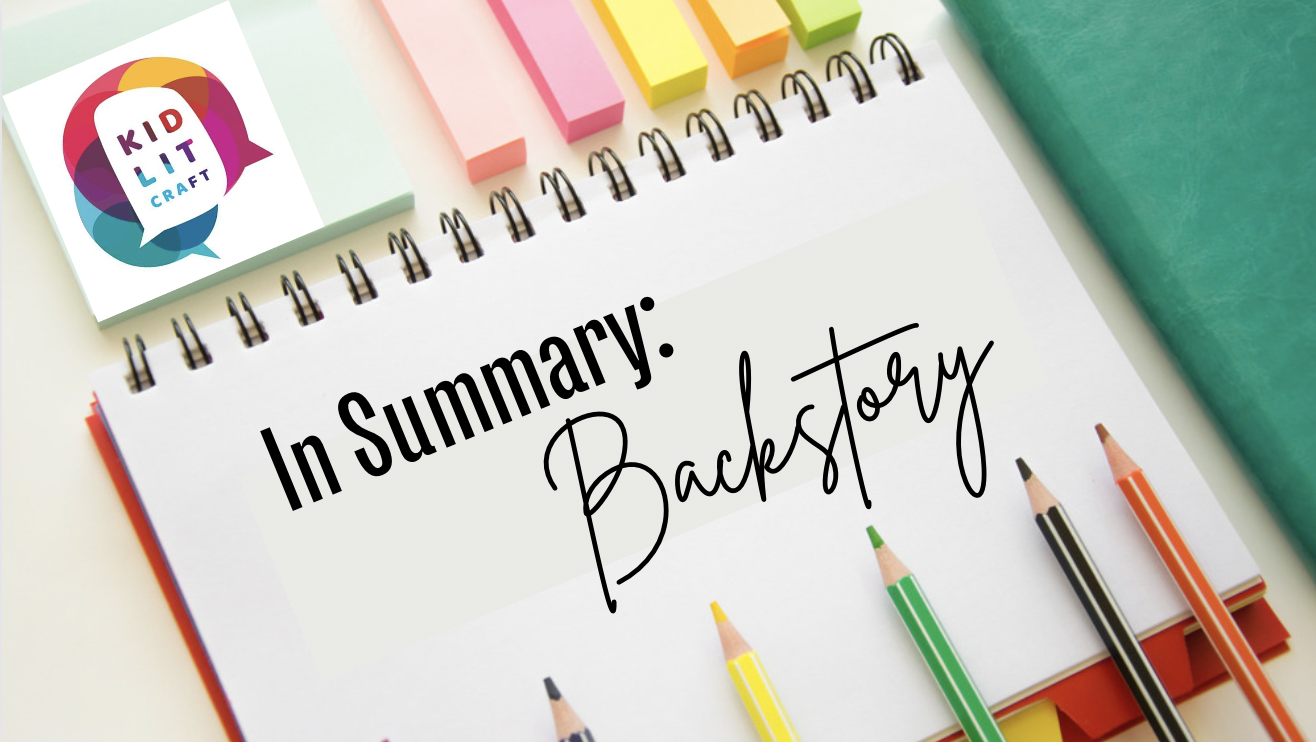
Backstory is a necessary part of telling a story, but how much to include and what to leave out can be complicated. It’s rare in books for kids to have many pages of backstory in a row (though Crenshaw by Katherine Applegate does it with style). At KidLit Craft, we’ve explored backstory in many categories and genres. Here are our favorite posts about backstory.
READ POST
Filed in:
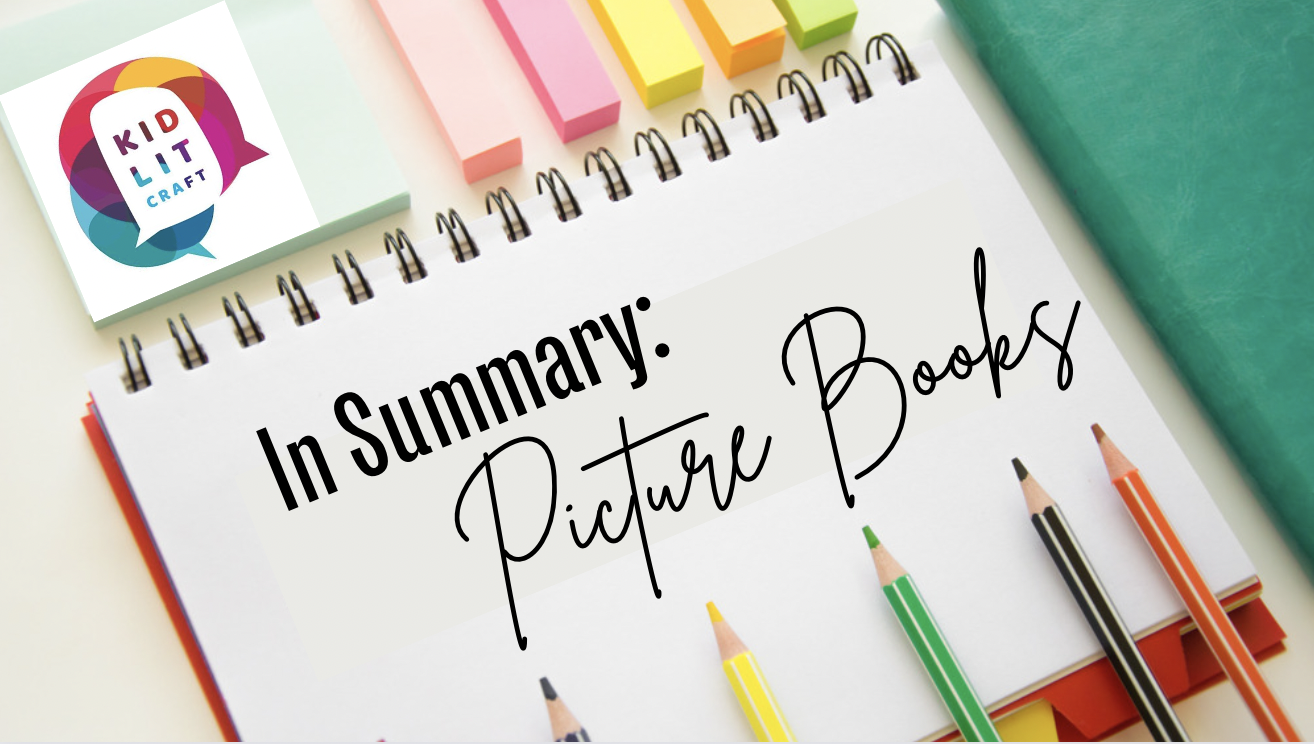
into YA and picture books (and even some early readers and chapter books). Today, we’re highlighting a range of picture book posts, from an overview of picture book elements to backmatter. Enjoy!
READ POST
Filed in:
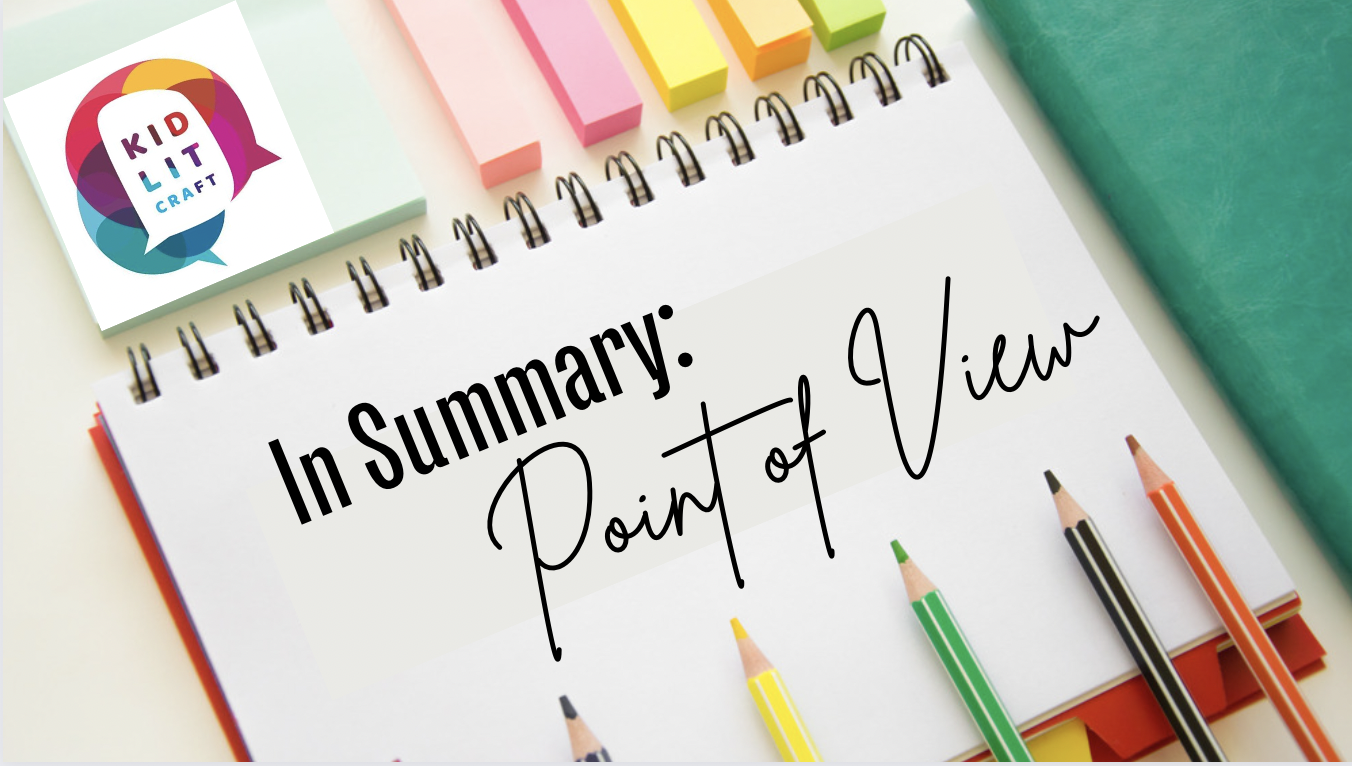
The 4th post in our “In Summary” series, collecting our best posts on point of view. These posts detail how different authors approach point of view, and tools they use to craft each point of view effectively.